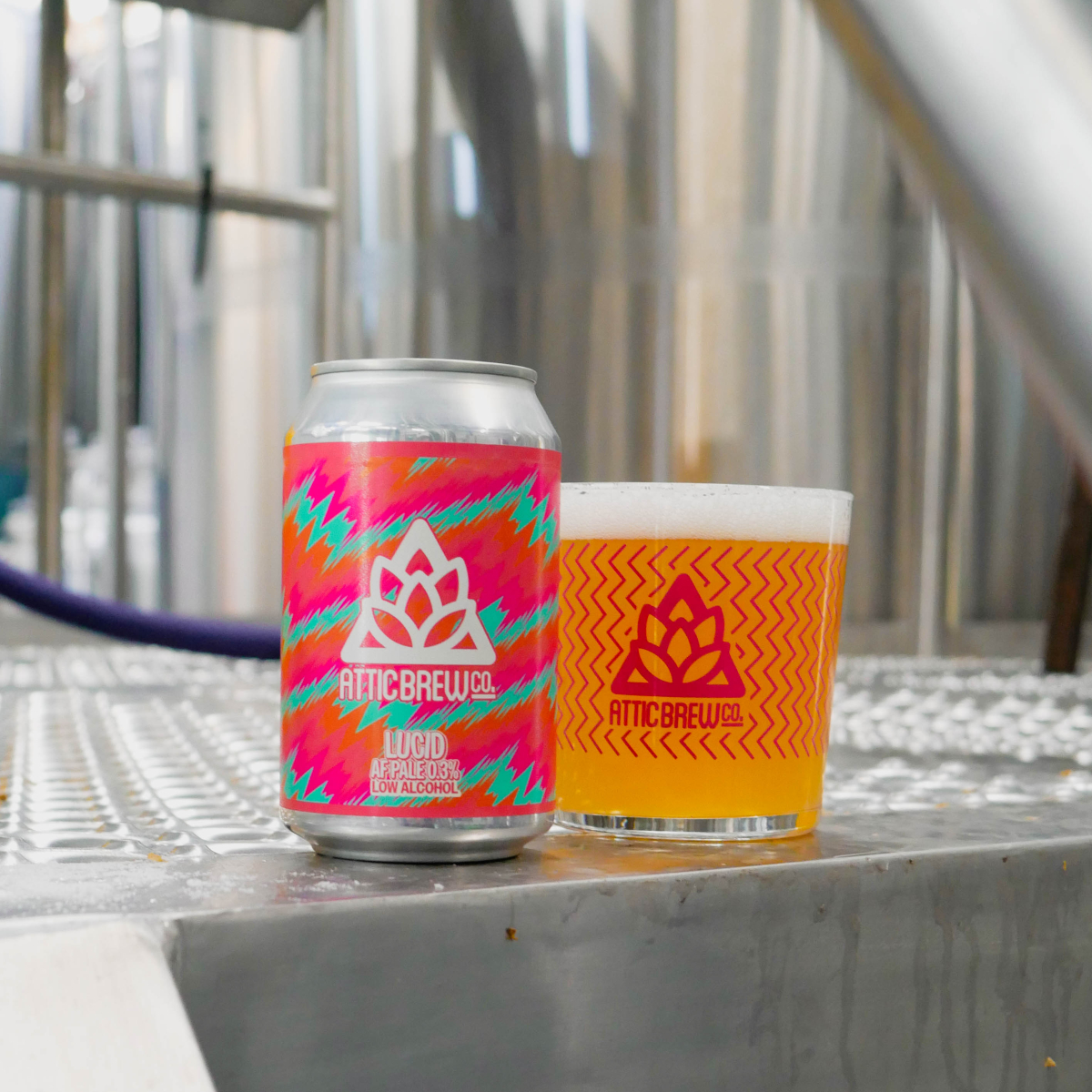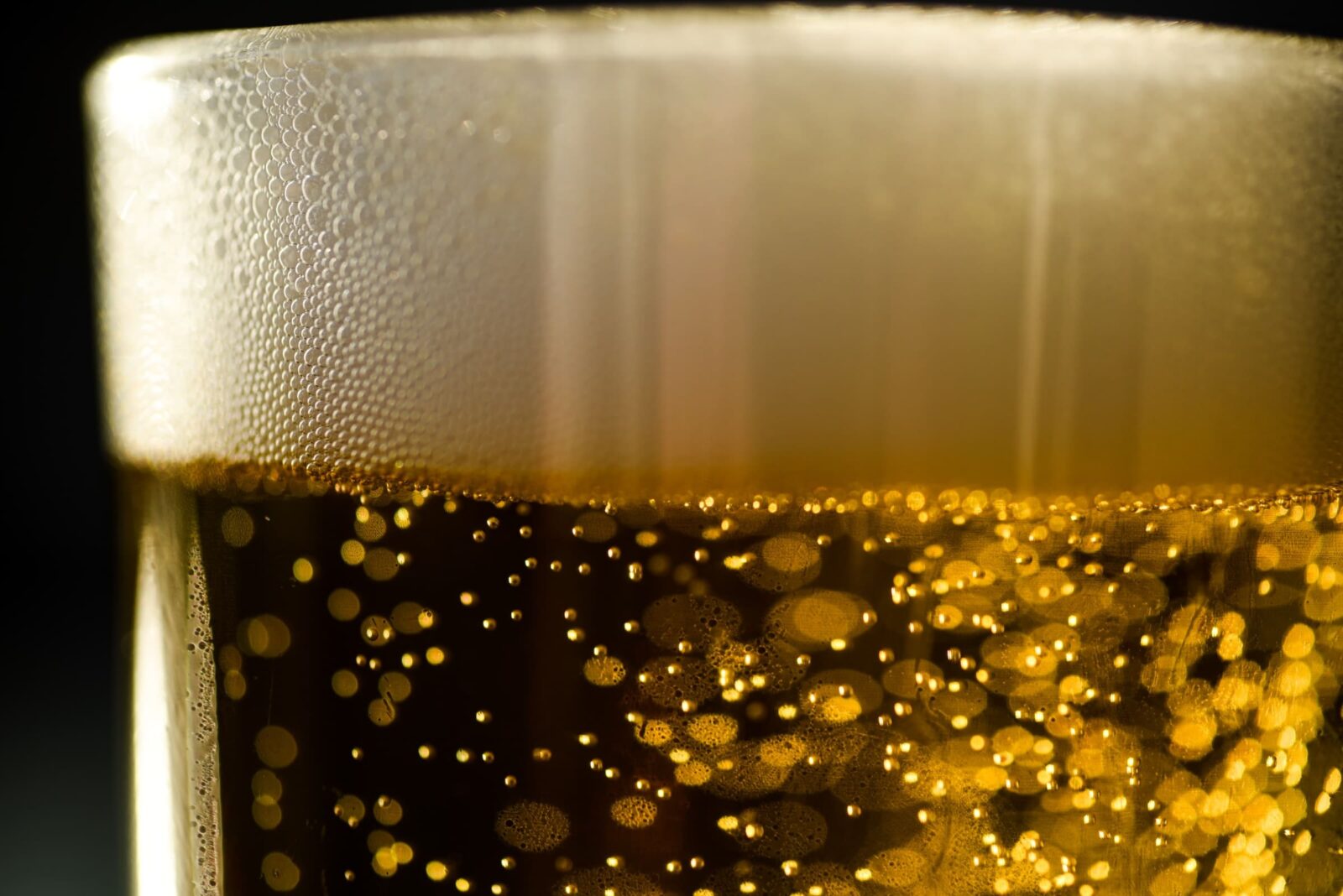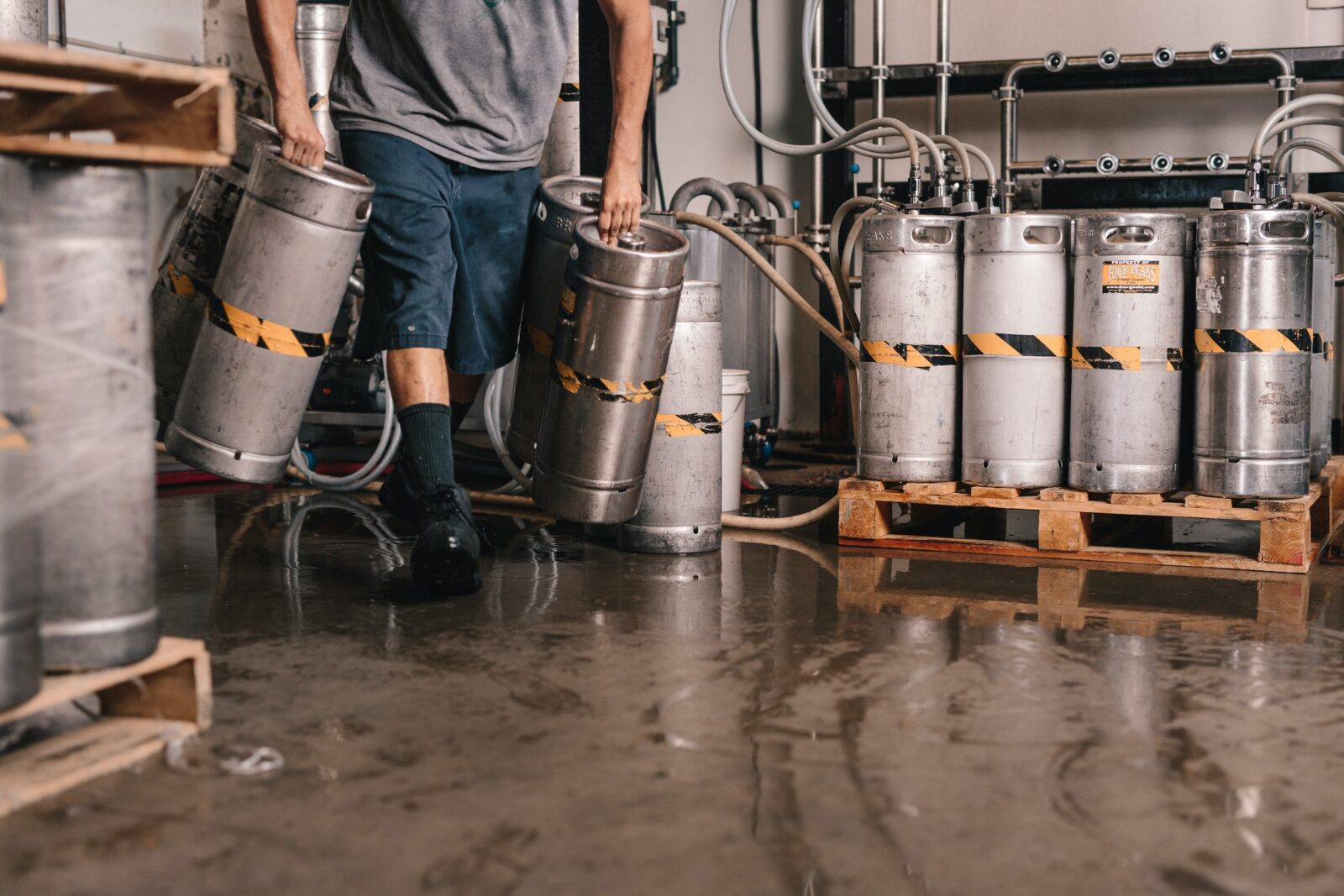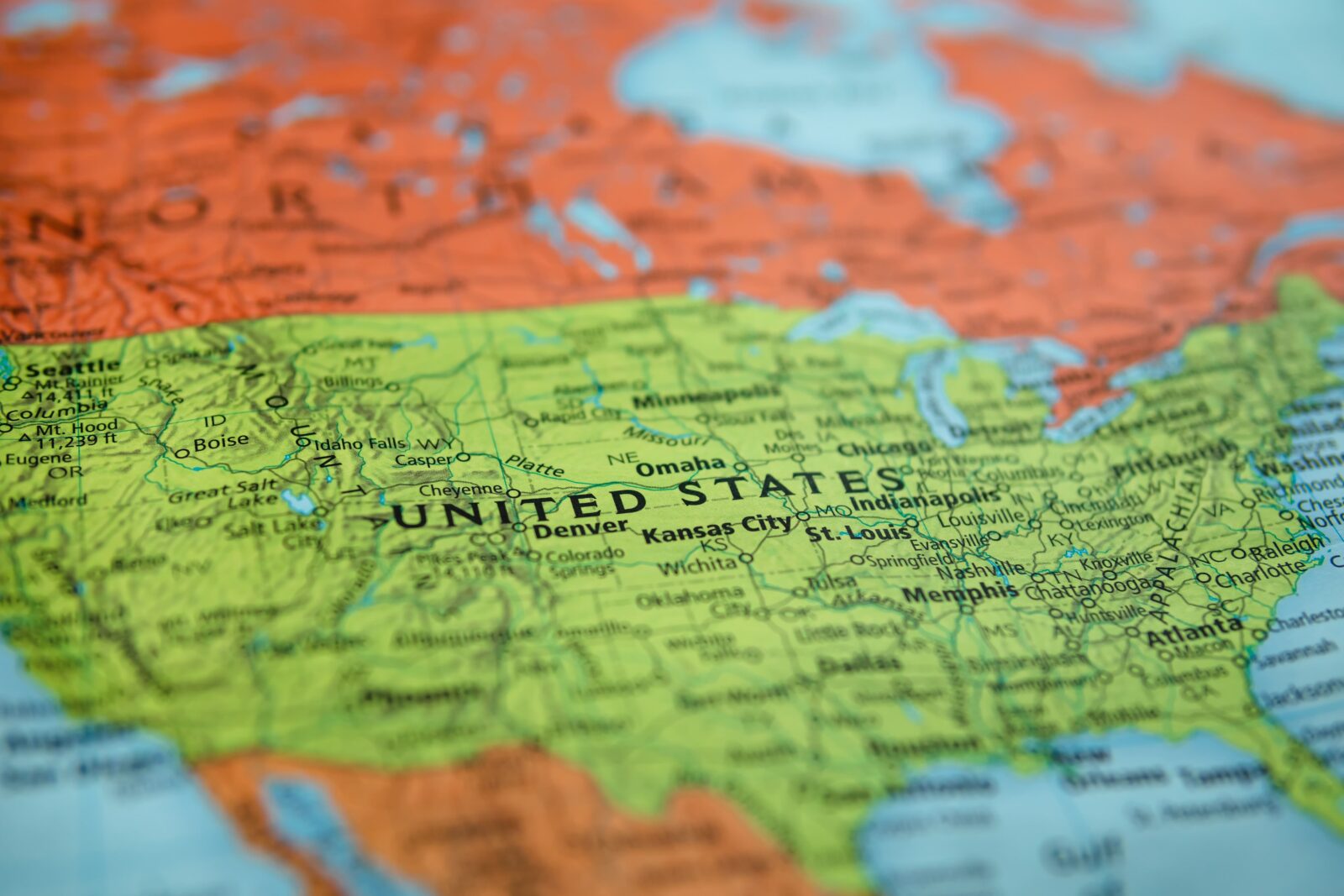Attic Brew Co, a fast-growing Birmingham craft brewery, has received a grant under the West Midlands Combined Authority’s energy efficiency scheme to reduce its carbon emissions by 65 tonnes annually and save £30,000 in energy costs.
The average cost of a pint of draught lager increased 12.5% in the year to October 2023 as pubs and brewers “struggle to survive”…
The craft brewing industry in the United States has experienced exponential growth over the past few decades, with a vibrant community of small and independent breweries producing innovative and high-quality beers. However, like any business, craft breweries face the challenge of managing their finances, including tax liabilities. Finding ways to reduce the tax burden can significantly impact a brewery’s bottom line and contribute to its overall financial health. In this article, we will explore some effective strategies that US craft breweries can employ to lower their tax bills while staying compliant with tax regulations…
As the craft brewing industry continues to experience exponential growth, many craft breweries are starting to feel the effects of inflation. With the cost of ingredients and labor on the rise, craft breweries are looking for new and innovative ways to save money and stay afloat in these turbulent economic times. This article will provide 20 cost-saving strategies that craft breweries can employ to help them survive inflation in 2023. Each of these strategies has proven to be effective in helping craft breweries cut costs, increase efficiency, and remain profitable.
Last year, the brewing industry surfed the choppy waves of carbon dioxide shortages, a tight labor market, and spiking expenses, as inflation impacted everything from cans to grains to freight. “Nearly everything costs more than it did before the pandemic,” says Bart Watson, the chief economist at the Brewers Association. “Brewers haven’t been able to fully pass those costs onto customers, meaning lower margins.”
As 2022 winds down, there is a pessimistic outlook among beer distributors, reports the National Beer Wholesalers Association (NBWA). The group’s Beer Purchasers’ Index (BPI), a forward-looking indicator that measures expected beer demand, sports a low reading of 38 in November, and the “at-risk” inventory index is relatively higher at 49.
Keurig Dr Pepper is taking a minority stake in American non-alcoholic craft beer maker, Athletic Brewing Company: following on from the acquisition of non-alcoholic RTD cocktail brand Atypique earlier this year.
Brewers have long been at the forefront of environmental causes and sustainable initiatives. From recycling to energy-efficient equipment, craft breweries have long worked to leave a minimal footprint in a very resource-heavy industry. The recent shock on fuel prices and rising energy costs along with an aging power grid in many states has caused breweries of all sizes to think about alternative energy sources or bringing equipment in-house to keep the lights on and taps flowing.
With Australia looking to the US for beer style trends, will the latest business trend – breweries putting up the For Sale sign – also take hold here? Kate Bernot of Good Beer Hunting’s Sightlines looks into what’s driving the growing move towards breweries looking to sell in the US, and whether buyers are there…








